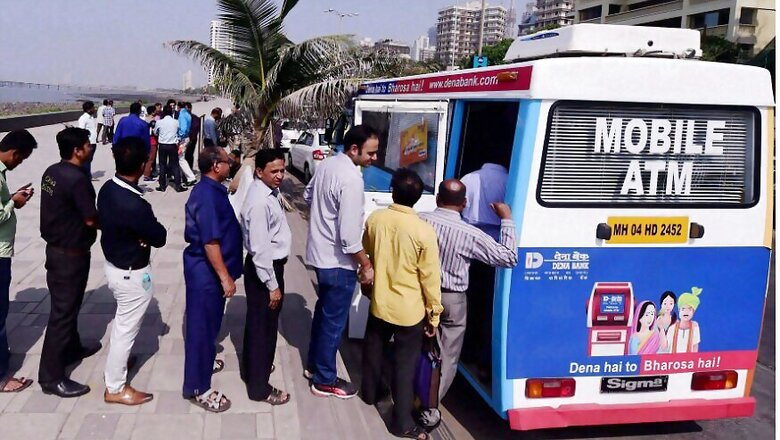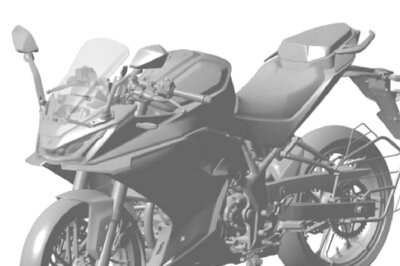
views
About 2 lakh micro-ATMs will come to the rescue of people as the government has directed banks to activate nearly 1.1 lakh such ATMs in rural areas and nearly 90,000 in urban and semi-urban areas.
-With nearly 70,000 transactions being conducted on Aadhaar enabled micro-ATMs every week, the government is hoping that this will reduce some stress on the bank branches and ATM network.
-There are about 201861 ATMs in india, according to RBI data. Of these, 1,03,282 are onsite and 98,579 offsite.What are micro ATMs?
- Micro ATMs are card swipe machines through which banks can remotely connect to their core banking system. This machine comes with a fingerprint scanner attached to it. In other words, micro ATMs are handheld point of sale terminals used to disburse cash in remote locations where bank branches cannot reach. Micro-ATMs are similar to point of sale (pos) terminals and are a doorstep mobile banking arrangement cum-mobile ATMdevice.Read More: Sangh Gives Ideological Colour to Demonetisation DebateHow is it more convenient ?
- 1. According to bankers, the cost of deployment of a micro ATM is lesser than that of an ordinary ATM. ATMs need at least 80-100 transactions a day to be viable as they costs several lakhs. A micro ATM costs less than Rs 20,000.
- 2. It is portable
- 3. Micro ATM has connectivity through gsm, hence it can travel from village to village, said das during a press interaction on Monday.Read More: India International Trade Fair 2016 Hit Hard By DemonetisationDisadvantages:
- 1. Micro ATM cannot provide 'anytime' money. Hence if the bank correspondent is unavailable or the shop keeper has shut his shop, the account holder will not be able to undertake any financial transaction.How does micro ATM work?
- Bank will assign a correspondent who will sign up customers in remote areas after verifying their identity (fingerprint can be used as an authentication tool for rural people ). The fingerprint and personal details may also be linked to the Aadhaar card, which will then serve as the id proof required to withdraw money.



















Comments
0 comment